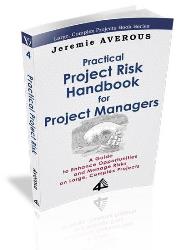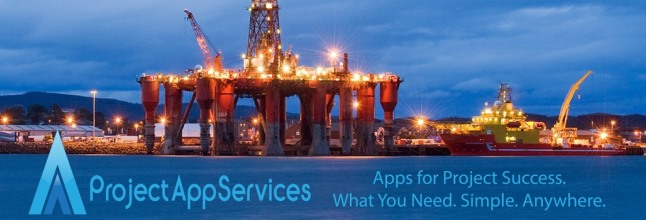How to Overcome the Curse of Excessively Detailed Specifications
In a number of industries or organizations, excessive growth of the formal technical specifications requirements fueled by risk prevention has led to deep non-competitiveness, with not only dramatic consequences on individual organizations, but also wide-ranging consequences on public welfare. Yet, it is extremely difficult to reverse this situation, as public outcries of excessive risk taking and very high personal and collective liability immediately looms. In our new White Paper 2015-06 ‘How to Overcome the Curse of Excessively Detailed Specifications Leading to Uneconomic Infrastructure Projects’ we examine some ways to overcome this situation.
Consequences of excessive specifications are dramatic, ranging from substantially higher costs for a comparable reliability and safety, conservatism and resistance to new technology, and significant variability of requirements from different Owners leading to additional Supply-Chain costs for vendors working for different projects.
Specifications generally grow together with bureaucracy and often reflect organizations where responsibilities are progressively diluted.
Simplification endeavors cannot be executed by the same people who make a living working with ever more complicated and arcane requirements. They need to result in a cultural shift in the organization, with higher responsibilities delegated further down, and higher competency of the decision-makers. Actually the only way to obtain simplification is to start by changing the organization’s culture.
In general, and contrary to intuition, complicated specifications are not the best way to increase control of complex systems. In a context where technical systems become ever more reliable, behavior and organizational culture become key to safety.
It is thus possible to simplify the formal specifications while increasing safety at the same time by re-establishing competence and accountability in the organization, resulting in a more cost effective situation. The key to this transformation is the adhesion of the organization to the new paradigm, and the permission to exercise judgment on each particular case. Read our new White Paper 2015-06 ‘How to Overcome the Curse of Excessively Detailed Specifications Leading to Uneconomic Infrastructure Projects’ to understand better that pervading issue and how to resolve it.














Eight Principles for Sustainable Proposals Management [new Expert Paper]
Many project organizations underestimate the importance of rigorous Tendering/ Proposals process. In particular, measuring the number of awards obtained is irrelevant if those projects awarded cannot be executed without major changes, delays and overruns. Our new Expert Paper 2015-02 ‘Eight Principles for Sustainable Proposals Management’ by Kamlesh Narwani concentrates on the best practices that need to be implemented in the Proposal process to ensure sound proposals that can effectively be executed. It proposes 8 key principles that should be applied in all Proposals processes.
Find more details about these 8 topics and more in our new Expert Paper 2015-02 ‘Eight Principles for Sustainable Proposals Management’ by Kamlesh Narwani!